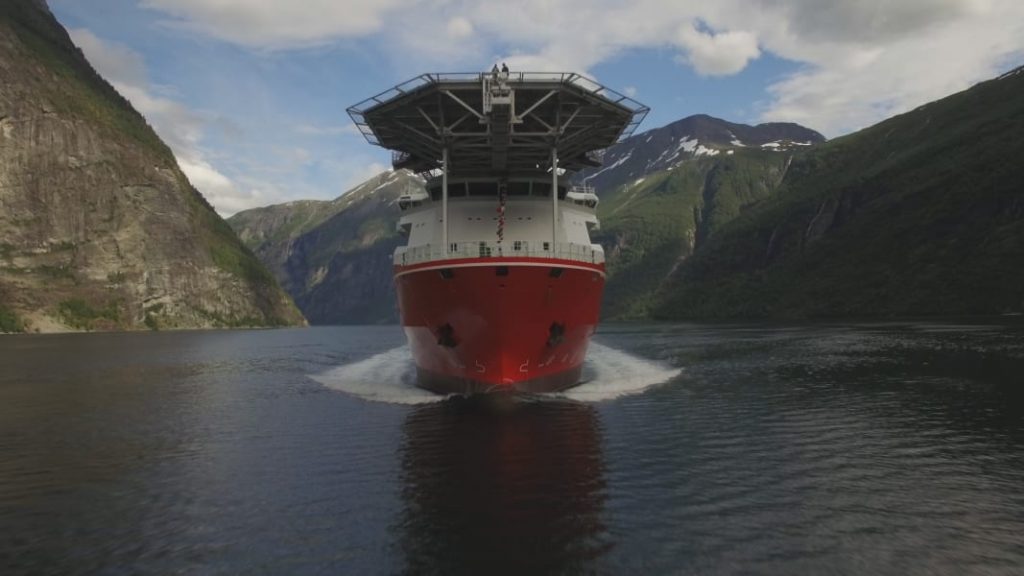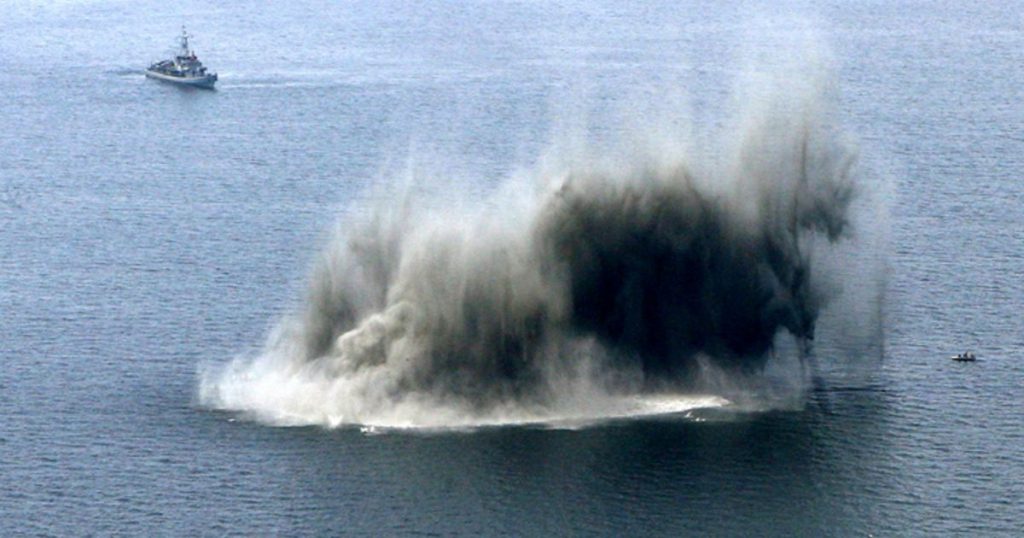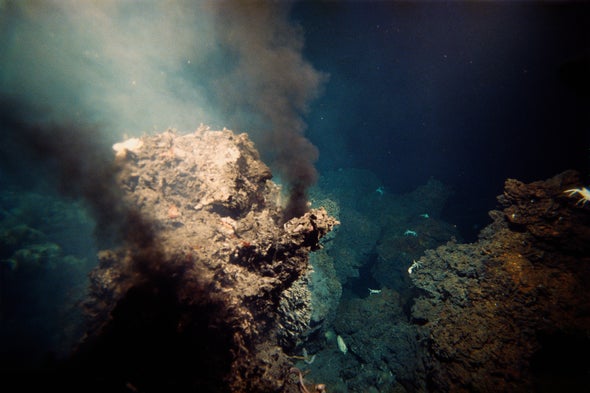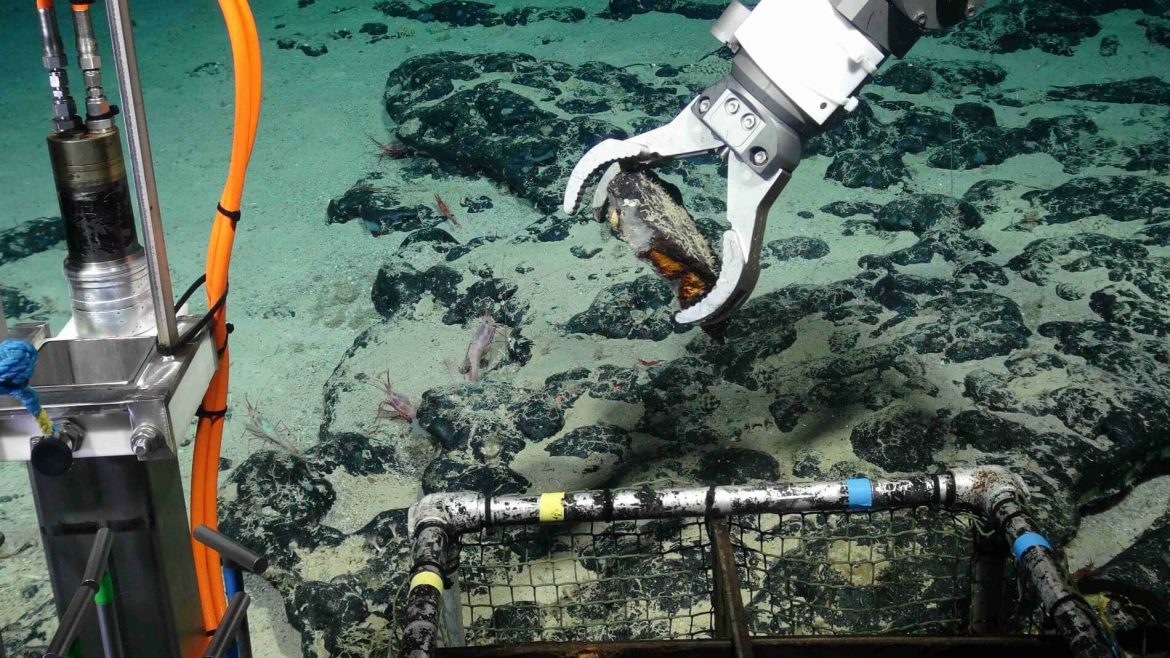With the many decades of mining in and on the surface of the earth for minerals, some more valuable than others, it’s concluding that the rate of depletion of these riches’ will not meet future higher demand.
Mining companies are turning to other means and places of extracting these minerals and one prime area that has not as yet been highly exploited is the ocean floor.

The oceans support an intricate combination of physical, chemical, biological and geological processes that form a wide range of minerals. Seafloor Mining is an experimental process of commercially extracting a wide range of viable forms of minerals such as salt, potassium, magnesium, sand and gravel, limestone and gypsum, phosphorites and volcanic and seafloor vents metal deposits from the ocean depths.

Although a process still in its infant stage of mining but gaining more and more interest, there have been some successful results in shallow waters less than 200 meters. In the 1960s Marine Diamond Corp. extracted close to 1 million carats of the coast of Namibia. And prestigious jewelers, de Beers, currently accessed a significant portion of their total diamond production from the continental shelf of southern Africa. Gold also can be found in and on the seafloor a mile or two underwater. Estimates are that about 20 million pounds of gold are suspended in normal seawater mixed with other minerals to the tune of parts per trillion.
Ironically, the advent of electric vehicles to improve the environment by lessening air pollution and the use of fossil fuels is one of the reasons driving (no pun) the high interest in ocean floor mining. Electric vehicles’ batteries incorporate cobalt in their manufacture. And cobalt is one of the minerals that can be found on the ocean floor. Estimates are that with the higher use of electric vehicles, the cobalt terrestrial mining will cause a shortage around 2025 the same time that is predicted seabed mining will become mainstream.

Although extracting the sought after minerals might be successful, the environmental impact is enormous and unavoidable. The extraction of minerals along with ocean species, both animal and vegetation, causing environment changes will destroy their habitat and thus their means to strive. Toxic mineral extraction processes released into the ocean waters further disturb the ocean ecosystem.
The process of mining the ocean floor is somewhat like a conveyor belt moving the ocean field on to a boat or mining platform where the desired minerals are extracted and the waste is returned to the ocean. Other means is hydraulic suction where a pipe is lowered to the ocean floor and transfers the desired minerals to the mining ship.
It is concluded that seabed mining is of the future, but not enough studies have been made on how to extract minerals without disturbing the oceans’ ecosystems. The terrestrial and air ecosystems have already been altered, not for the better. The oceans are already being polluted with plastics and garbage. Now after many millions of years, man wants to disturb the depths of the oceans.
 Food
Food Farmers
Farmers Sustainable Living
Sustainable Living Living Planet
Living Planet News
News